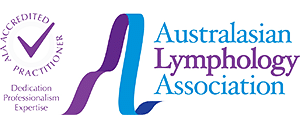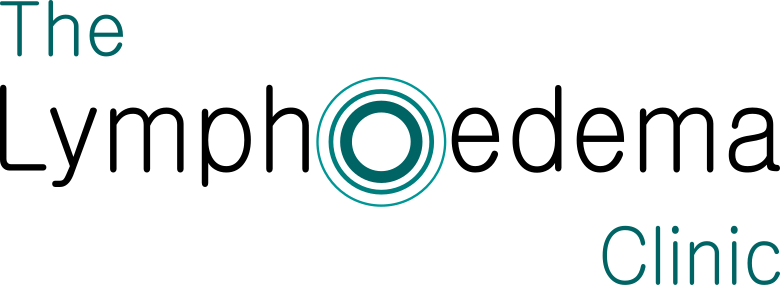About Rachel Bootsma
Rachel Bootsma is the senior physiotherapist at The Lymphoedema Clinic. Rachel has over twenty five years experience in helping people manage their lymphoedema in both public and private settings. She has the following accreditations:

Accredited Category 1 Lymphoedema Practitioner
DVA approved provider
About your appointment
Appointments at the clinic are usually an hour. Appointments are usually made on the hour, with the last appointment starting at 4 pm.
For your first appointment, please arrive 10-15 minutes early for (the inevitable) paperwork.
Please bring along contact details and any referrals from you doctor (GP) or specialist
Please bring any reports or scans relating to your lymphoedema.
If you have any compression garments, please bring them along.
Referrals are not usually required to see a physiotherapist, however, referrals usually contain information from the referring doctor which can be useful.
In some instances, a referral is required – DVA patients and care plan patients. If you are uncertain, please phone The Lymphoedema Clinic.
Payment is required at the time of your appointment. Payments can be made using eftpos, credit card, or cash. Please note that at this time, The Lymphoedema Clinic does not have HICAPS facilities.
Lymphoedema treatment is not covered under Medicare; please check with your private health insurer for any rebates that may apply.
The Lymphoedema Clinic does accept Chronic Disease Management care plans, however please note that Care Plan rebates do not cover the entire fee. Unfortunately, Care Plan rebates are based on short physiotherapy appointments, and not the 1 hour appointments usually required to treat chronic swelling. Please note that you cannot use your private health rebate for the remainder of the fee.
Other expenses may be incurred for items such as compression garments and you will need to check with your private health insurer for any rebates that may apply. While compression garments do not attract GST, they are not covered by Medicare.
About Treatment
Your unique circumstances will determine how best to help you manage your chronic swelling. The different stages and methods of treatment are outlined below. Please note that this is not an exhaustive list and that your treatment will probably not move sequentially through these steps.
Our clinician, Rachel, will assess your chronic swelling, and work with you to develop individual management strategies that take your personal circumstances into account. Rachel will try to find the cause of your swelling. Often, gaining an understanding of the cause of the swelling allows for more effective treatment.
Rachel will help you understand your chronic swelling and what management options are available for your circumstances. Rachel's emphasis is to help you manage your chronic swelling as much as you can, yourself.
MLD is a specialised form of massage therapy to help with chronic swelling. It's gentle light touch is very relaxing and is one of the more important treatment options available.
CDT is a combination of MLD, compression bandaging, compression garments, exercise and skin care. The initial stages of CDT consist of intensive treatment and attempts to reduce chronic swelling as much as possible. The intensive phase of CDT is followed by a less intensive maintenance phase.
These are used in the maintenance phase of managing chronic swelling. These garments come from various manufacturers as either off-the-shelf or made-to-measure. Rachel will help you determine the best option for you – not every compression garment is appropriate for every person.
A compression pump uses air to supply compression in a rhythmic pattern that moves fluid from the affected parts of the body. While in some cases the pump can be used as the main form of therapy, compression pumps are mostly used as one of several treatment options to manage chronic swelling.
